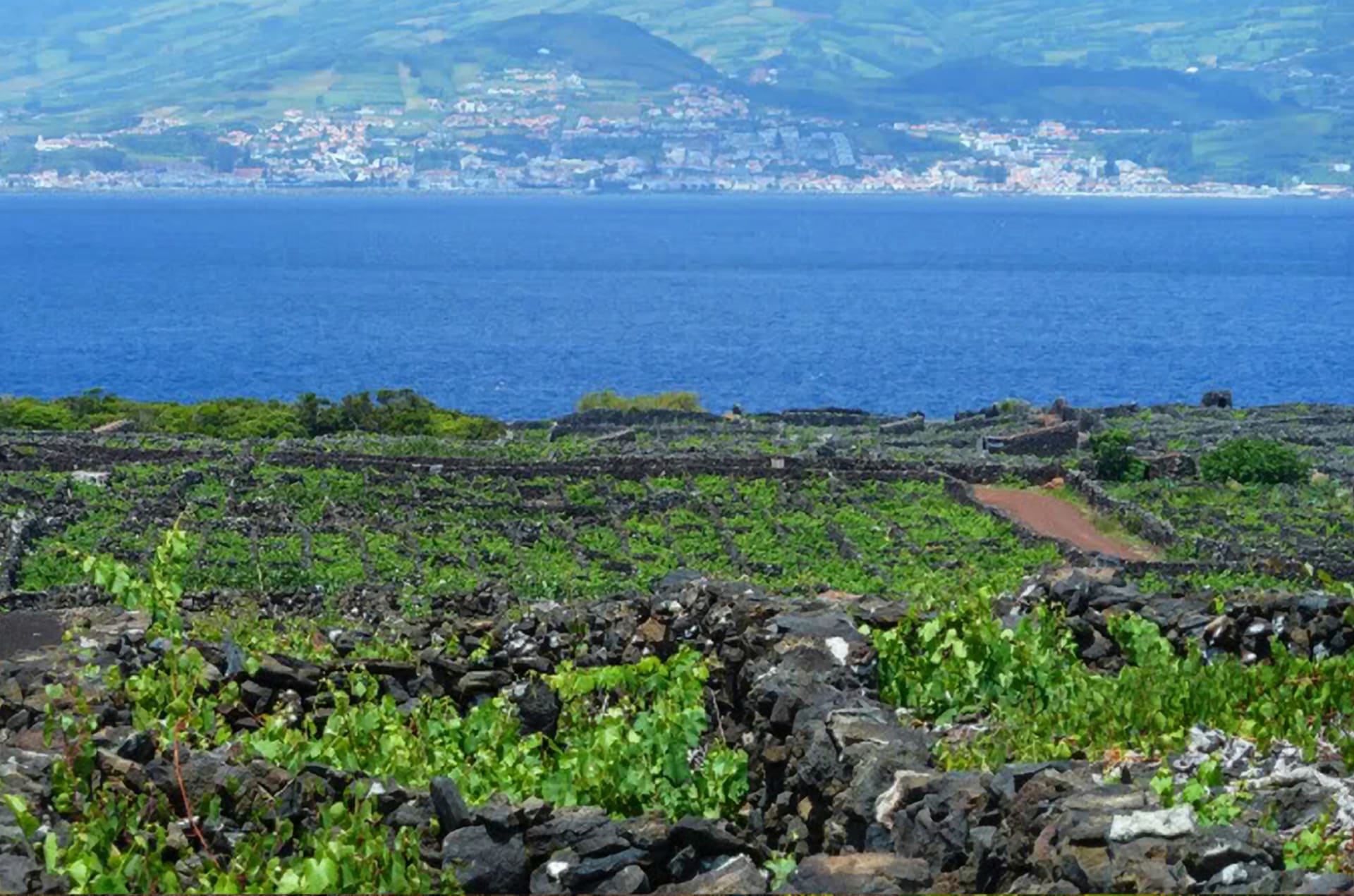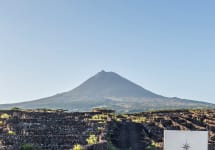Azores Wine Company Vulcanico Rose 2018



Product Details
Your Rating
Somm Note
Winemaker Notes
Pale salmon pink, with edges running to orange. Aromas of wild strawberry, sea spray, blood orange and sour cherry co-mingle with iodine, black pepper and oyster shell. On the palate, clean, fresh flavors of strawberry and watermelon are carried by high toned minerality and persistent salinity. Thirst quenching and stunningly easy to drink.
This is a wine that performs beautifully with all sorts of seafood, owing to its salinity and minerality. Shellfish and freshly prepared fish dishes are brilliant pairs, particularly those with some heat.
Other Vintages
2019-
Robert
Parker






Portuguese winemaker António Maçanita (also the winemaker at FitaPreta in the Alentejo) founded Azores Wine Company in 2014 with his two partners, Paulo Machado and Filipe Rocha. Their sustainably-grown vineyards are less than 50m from the Atlantic, with truly breathtaking views.
Arinto dos Açores is a grape variety indigenous to the Azores that shares the acidity and potential for longevity of the mainland variety that shares its name, however, the two are not related. The characteristics of the grape variety, coupled with Pico’s unique terroir, impart incredible minerality, purity and unmistakable salinity to the wine.
The Portuguese archipelago of the Azores is home to a winemaking tradition that dates back to its colonization in the 15th century, wherein viticulture was introduced by Franciscan friars. This group of islands is home to a singular terroir and microclimate, one that draws close comparison to the island of Santorini. Like Santorini, the Azores are volcanic islands comprised entirely of black basalt. Pico, the main wine producing island where these vineyards are located, has such poor soil that the vineyard needs to be supplemented with soil from neighboring islands to support vine growth , and even with that, the yields are a fraction of what they are in the rest of the DOC. Additionally, the vineyards are grown in tiny plots (2-6 bush trained vines per square) protected on all sides by small walls called “currais” to ward off the strong winds that blow in from the north Atlantic, mere steps from the vineyards. At its peak, Pico was home to over 6,000 hA of vineyards. These are still there today, but are for the most part grown over by forests – only a handful of small family-owned vineyards remain outside the production of 3 main producers. Of these, Azores Wine Company is the clear leader at 116 hA of recovered vines.
Before phylloxera hit in the mid 19th century, the Azores were one of the most prolific growing areas in Europe. In 1852, total production was over 10,000,000 liters. By 1859, that production level was less than 25000 liters. As a stopgap, Isabella was planted. Since it is a hybrid of Vitis Vinifera and Vitis Labrusca (related to the “fox grapes” of the American South), it is resistant to phylloxera, and became a mainstay for rustic “house wine” production on the island. António has rescued an old plot of this unique varietal for a passion project, to show that this grape is capable of making spectacular wine.
What makes the Azores Wine Company unique? Their micro-production wines from the tiny island of Pico in the Azores is grown in volcanic basalt at sea level, less than 50m from the Atlantic. These wines are produced by one of the most talented winemakers of Portugal today, António Maçanita and 100+ vines lend concentration and intensity.

Whether it’s playful and fun or savory and serious, most rosé today is not your grandmother’s White Zinfandel, though that category remains strong. Pink wine has recently become quite trendy, and this time around it’s commonly quite dry. Since the pigment in red wines comes from keeping fermenting juice in contact with the grape skins for an extended period, it follows that a pink wine can be made using just a brief period of skin contact—usually just a couple of days. The resulting color depends on grape variety and winemaking style, ranging from pale salmon to deep magenta.

Best known for intense, impressive and age-worthy fortified wines, Portugal relies almost exclusively on its many indigenous grape varieties. Bordering Spain to its north and east, and the Atlantic Ocean on its west and south coasts, this is a land where tradition reigns supreme, due to its relative geographical and, for much of the 20th century, political isolation. A long and narrow but small country, Portugal claims considerable diversity in climate and wine styles, with milder weather in the north and significantly more rainfall near the coast.
While Port (named after its city of Oporto on the Atlantic Coast at the end of the Douro Valley), made Portugal famous, Portugal is also an excellent source of dry red and white Portuguese wines of various styles.
The Douro Valley produces full-bodied and concentrated dry red Portuguese wines made from the same set of grape varieties used for Port, which include Touriga Nacional, Tinta Roriz (Spain’s Tempranillo), Touriga Franca, Tinta Barroca and Tinto Cão, among a long list of others in minor proportions.
Other dry Portuguese wines include the tart, slightly effervescent Vinho Verde white wine, made in the north, and the bright, elegant reds and whites of the Dão as well as the bold, and fruit-driven reds and whites of the southern, Alentejo.
The nation’s other important fortified wine, Madeira, is produced on the eponymous island off the North African coast.
